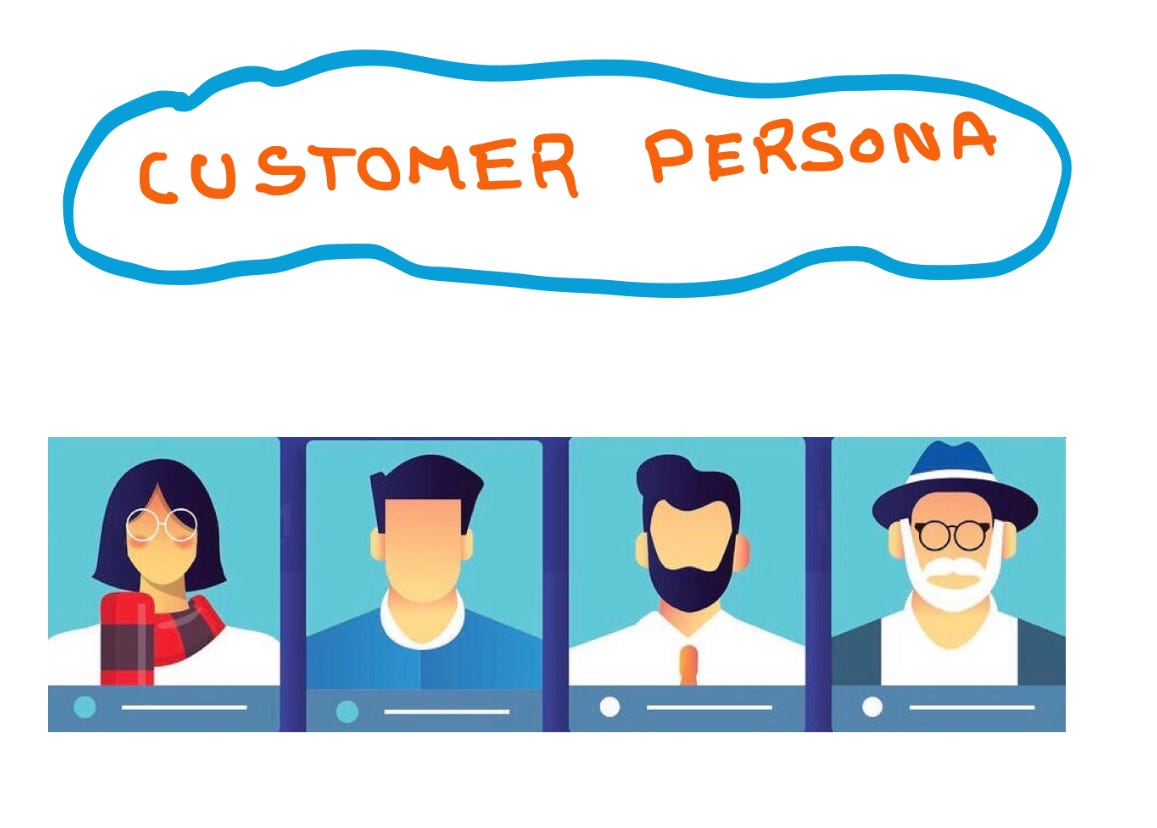Quote
Creating a user persona is like building a snowman, you can make it look like whatever you want, but it still melts in the end 😂
💯 Framework // Concept // Mental Model
Unlock the power of customer understanding: How to create a customer persona for your product
As a product manager, you need to be able to understand your users and their needs in or…
Keep reading with a 7-day free trial
Subscribe to The Product Channel By Sid Saladi to keep reading this post and get 7 days of free access to the full post archives.


